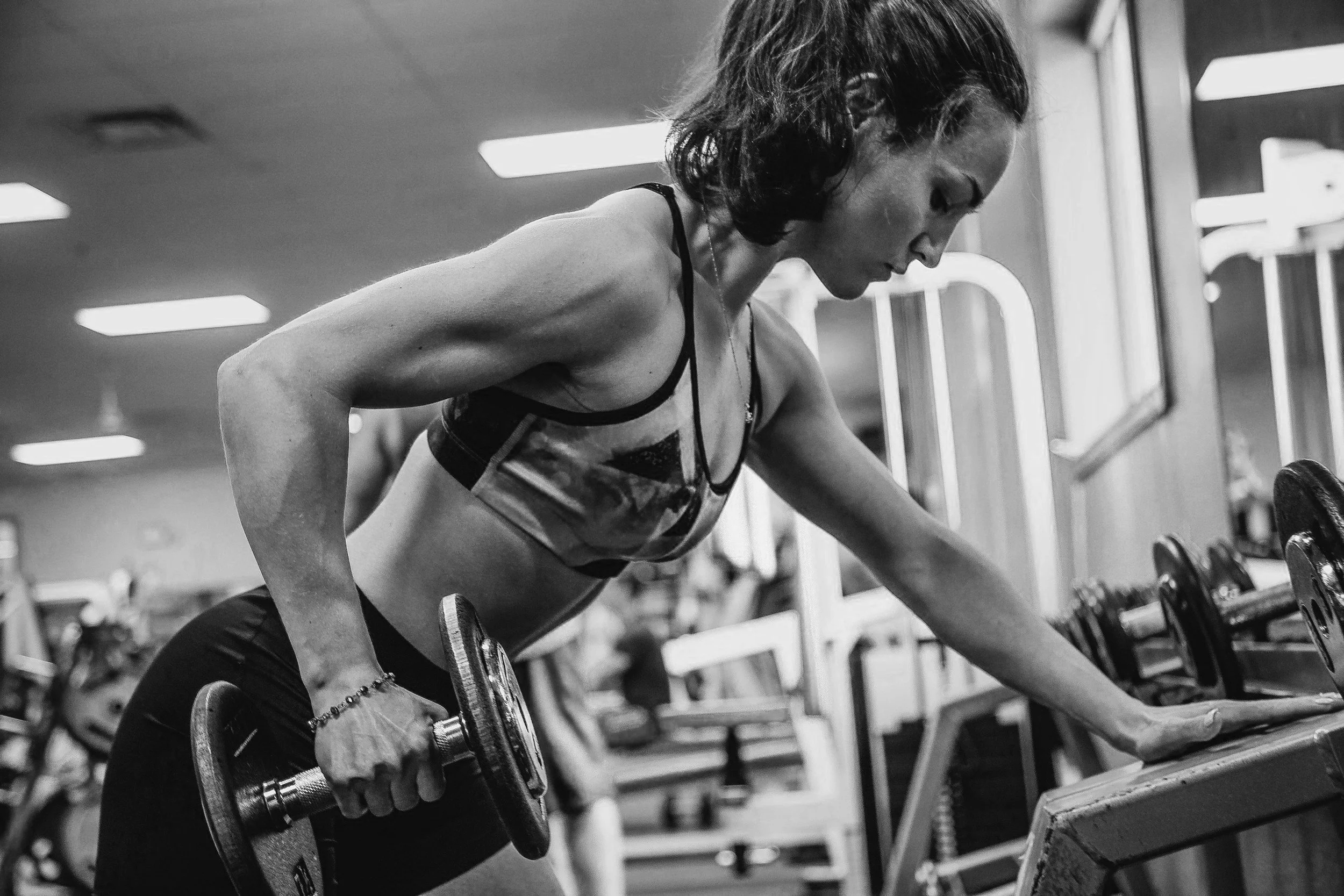How to protect your lower back doing bent over rows.
There are a few simple steps you can take to ensure your lower back is protected during barbell rows.
BRACING
This is more than tensing your core.
It requires a deep nasal inhalation to expand the diaphragm creating a 360-degree protective barrier around your lower back.
A good exercise to practice is to sit down with one hand on your stomach and the other on your obliques. Take a slow inhale through your nose and feel your stomach and obliques gently push your hands away. At the height of this expansion is where you want to tense and lock in.
If you do this for all lifts (not just barbell rows), you’ll find that you can lift more and be less prone to injuries. This is because a strong core is the foundation of most lifts so its wise to practice this simple but effective technique.
HINGING
After bracing, its important to set up correctly for the barbell row.
This ensures there isn’t unnecessary load on the lower back before you even begin to pull.
Problems with the lower back usually occurs when you get into the starting position from the top down (as opposed to starting from the hips). Top-down movements create an unnecessary force on your lower back which acts like a fulcrum for the barbell.
To remove this fulcrum, you should get into the position by hinging at the hips until the torso is just above parallel to the floor. Remember to brace first before starting the movement as this ensures you spine stays neutral and lower back is protected.
GRIP
Sometimes your grip can make a difference to how the lower back feels.
I often find that an underhand grip places less pressure on the lower back but decrease my lat engagement slightly. Try experimenting between underhand and overhand grips to see if this alleviates any issues.
ALTERNATIVES
The barbell row is a great back builder as it works core stability, posterior chain and upper back muscles all at once.
It is however, just one of many back exercises. The most effective exercises are ones you can perform safely so if the barbell row still causes issues it is better to consider alternatives.
For example:
Single Arm Dumbbell Row – the supported position with the opposing arm helps alleviate pressure on the lower back.
Chest Supported Dumbbell Row – the chest support removes the need to use the lower back to stabilise the torso.
Inverted Row – this can be done with the barbell or on a smith machine. These are fantastic exercises and just as demanding on the back. I’ve found these helped improve my lat engagement and scapula retraction.
Although lower back pain is common with the barbell row, a proper brace and hip-hinge should alleviate most problems.
If these don’t work, consider alternative exercises as these will be more effective for strength gains and muscle development.
The best exercise is highly individual so do what works for you and not others.

